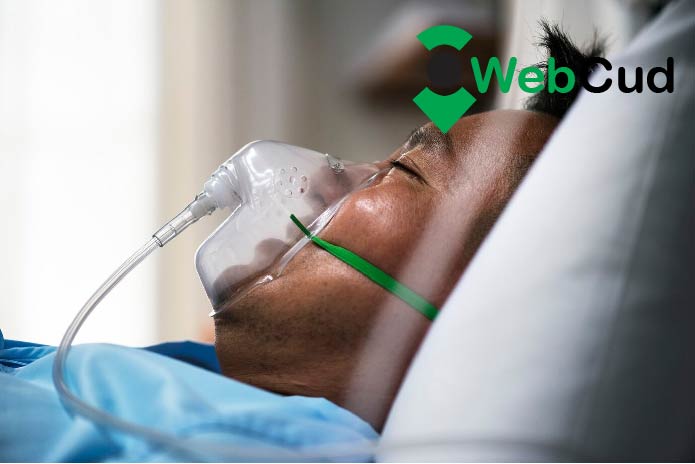How is the process of obtaining oxygen different between producers and consumers – In the biological world, the processes by which oxygen is obtained differ significantly between producers (such as plants and algae) and consumers (such as animals and humans). Let’s break down these differences in a table and then delve into detailed explanations and a conclusion.
How is the process of obtaining oxygen different between producers and consumers
| Characteristic | Producers | Consumers |
|---|---|---|
| Primary Process | Photosynthesis | Cellular Respiration |
| Oxygen Produced/Consumed | Produce oxygen | Consume oxygen |
| Location of Process | Chloroplasts in cells | Mitochondria in cells |
| Energy Source | Sunlight | Organic compounds (e.g., glucose) |
| Role of Oxygen | Byproduct of photosynthesis | Required for ATP production |
| Environmental Impact | Oxygenates atmosphere | Utilizes atmospheric oxygen |
Detailed Explanations:
- Primary Process:
- Producers: They undergo photosynthesis, a process where carbon dioxide and water are converted into glucose and oxygen using sunlight as an energy source. This process occurs mainly in the chloroplasts of plant cells.
- Consumers: They rely on cellular respiration to break down glucose and other organic molecules to produce energy, in the form of ATP (adenosine triphosphate), with oxygen being a critical reactant in this process.
- Oxygen Produced/Consumed:
- Producers: Photosynthesis results in the production of oxygen as a byproduct. Oxygen is released into the atmosphere when water molecules are split to obtain electrons for the photosynthetic process.
- Consumers: Oxygen is consumed during cellular respiration. It is used as the final electron acceptor in the electron transport chain, which is essential for producing ATP efficiently.
- Location of Process:
- Producers: The chloroplasts in plant cells are the primary site for photosynthesis.
- Consumers: Cellular respiration mainly takes place in the mitochondria of animal cells.
- Energy Source:
- Producers: The primary energy source for photosynthesis is sunlight, which drives the chemical reactions in chloroplasts.
- Consumers: The breakdown of organic compounds, such as glucose, provides the necessary energy for cellular respiration.
- Role of Oxygen:
- Producers: In photosynthesis, oxygen is not used but is rather produced as a waste product.
- Consumers: In cellular respiration, oxygen is crucial as it is involved directly in the biochemical pathways that produce ATP.
- Environmental Impact:
- Producers: Contribute positively to the environment by releasing oxygen, thus supporting aerobic life and maintaining atmospheric oxygen levels.
- Consumers: Depend on the oxygen produced by producers, consuming it to sustain cellular processes and life functions.
Conclusion:
The primary distinction between producers and consumers in the context of oxygen revolves around their respective roles in the biosphere’s oxygen cycle. Producers, through photosynthesis, are net producers of oxygen, helping to maintain the atmospheric oxygen balance and supporting aerobic life. In contrast, consumers are oxygen consumers, relying on the oxygen produced by producers to carry out cellular respiration, which is vital for their energy needs. This interdependence highlights a fundamental ecological relationship where the oxygen output of producers directly influences the viability and sustainability of consumers. Thus, both groups, though different in their processes, are crucial components of the Earth’s ecosystem.

